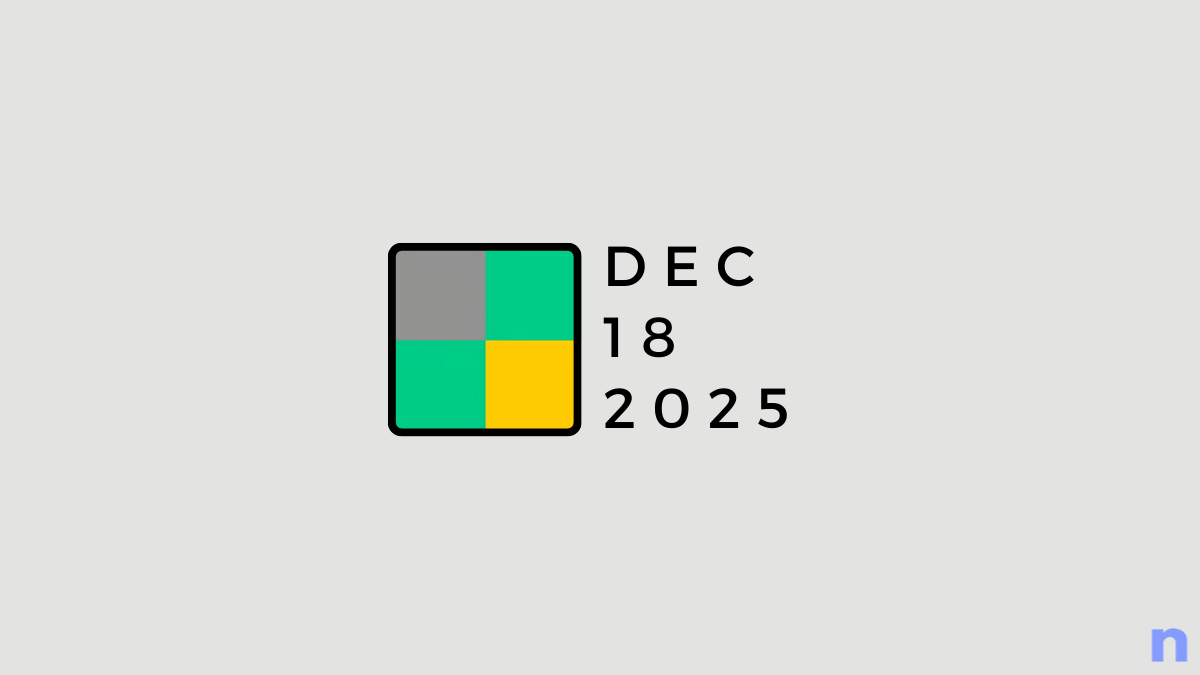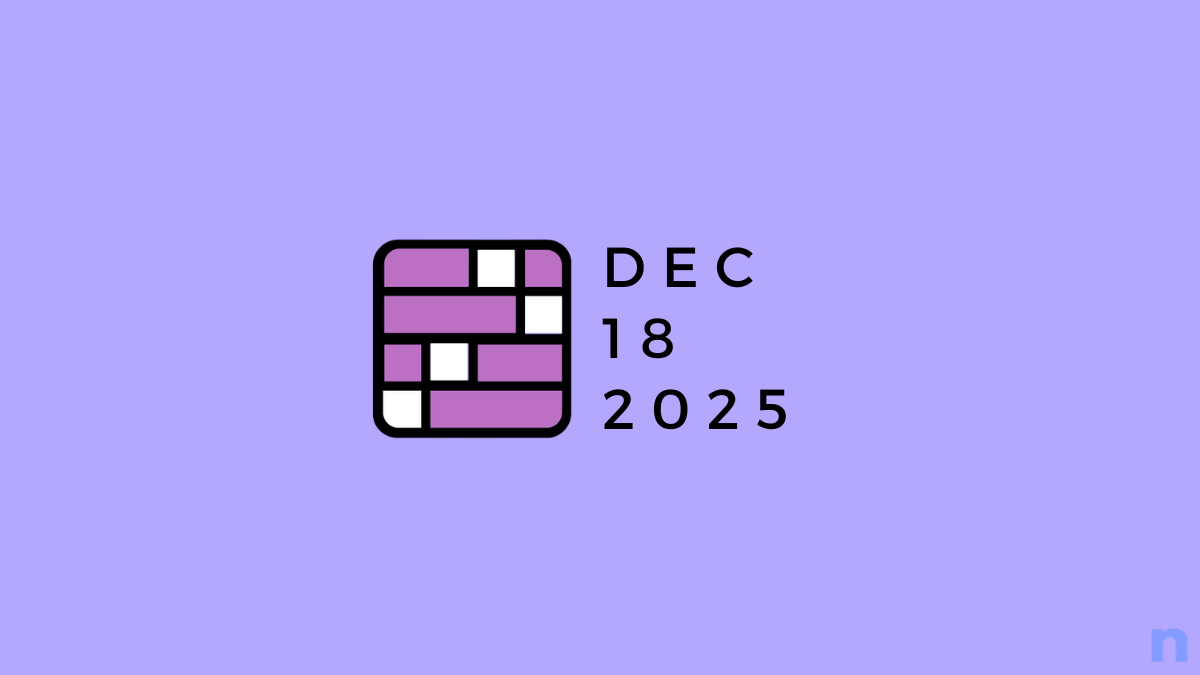As the HTC Droid DNA gears up for a big release on November 21st via Verizon, the developer community has already gotten busy with working on different capability expanding workarounds for the quad-core powered 1080p display equipped beast from HTC.
Earlier today a working method for unlocking the Droid DNA bootloader was released, followed by Root and Clockworkmod Recovery. While that should pave the way for a bevy of Custom ROMs for the device once it launches, for now it would also be interesting to see how the highly awaited Droid DNA stands up against similarly endowed competition.
As usual, GSM Arena put the Droid DA through a battery of benchmark tests to check out how it holds up, and as it turns out, the results were quite impressive. Not that we would have expected any less. While benchmark results may not necessarily be a irrefutable indication of actual real-life performance, it is still interesting data. Lets have a look at how the HTC Droid DNA fared.
Benchmark Pi (Lower is Better)
Benchmark Pi reflects per-core CPU performance, and as you can see, the HTC Droid DNA has chewed up the competition, including the LG Optimus G, which packs the exact same CPU and cores as itself. And what also seems to be coming out from this bench result, is that the Tegra 3 seems to be no match for the new Snapdragon S4 Pro CPU, also found in the Optimus G and the Nexus 4.
Linpack (Higher is Better)
Linpack is another benchmark test which gives an idea of the overall processing power of the quad-core architecture. Here, as you can see, the Droid DNA lost out by a hair to the Optimus G, but still towers way above the rest of the competition. The next best is the Note 2 which scores almost 400 points lower!
Quadrant (Higher is Better)
The Quadrant benchmark is an indicator of the overall processing power under the hood. The HTC DROID blows everything out of the park, and that’s no mean feat, given what the GPU has to go through to be able to render stuff on that 5″ 1080p display. Clap, clap, clap!
AnTuTu (Higher is Better)
AnTuTu is another overall performance power benchmark, and the Droid DNA didn’t fare as well as the others, though it did beat the LG Optimus G.
GLBenchmark 2.5 Egypt (1080p offscreen) (Higher is Better)
GL Benchmark gives us an indicator towards how good the graphics processing capability of a device is, and as you can see above, the Droid DNA towers above the rest, with the Optimus G comig a close second. Incidentally, the Droid DNA has got the highest score of any smartphone tested by GSM Arena so far, and that says a lot about what the Adreno 320 GPU that this fella packs, can do.
SunSpider (Lower is Better)
BrowserMark (Higher is Better)
Perhaps the only tests where the Droid DNA fell short of the competition. SunSpider and BrowserMark are both browser performance tests, and the results, as you can see above aren’t exactly inspiring. Considering the Optimus G, which also houses the same Snapdragon S4 Pro chipset, seems to have fared at similar levels, it appears more to be some kind of an issue with the chip. Hopefully real-life performance would be better, or would be resolved through a future update.
So there it is laid out for everyone to see, and drool about. The HTC Droid DNA is definitely every bit the beast that we expected it to be, and then some. November 20th is just a few days away now, and I’m sure a lot of you are looking forward to what could probably be one of the best devices coming out of the Verizon stable this year.



















Discussion